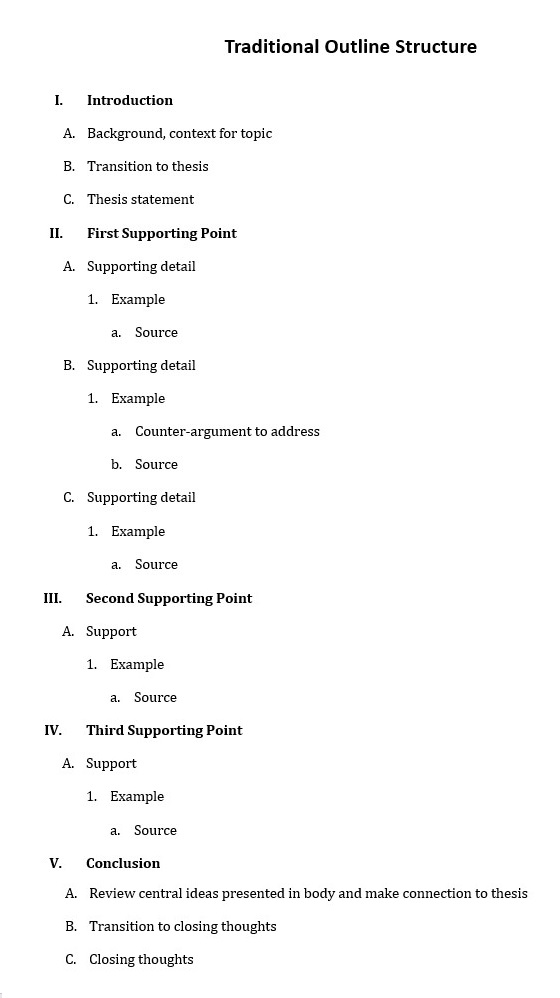 En muchos de sus cursos, usted'se le pedirá que escriba un ensayo de investigación tradicional, basado en una tesis. En esta estructura, usted proporciona una tesis, normalmente al final de su introducción, párrafos del cuerpo que apoyan su tesis con la investigación, y una conclusión para enfatizar los puntos clave de su trabajo de investigación. usted'probablemente se encontrará con este tipo de tarea en las clases de humanidades, pero usted también se le puede pedir que escriba un trabajo de investigación tradicional en las clases de negocios y en algunos cursos de introducción a las ciencias y las ciencias sociales.
En muchos de sus cursos, usted'se le pedirá que escriba un ensayo de investigación tradicional, basado en una tesis. En esta estructura, usted proporciona una tesis, normalmente al final de su introducción, párrafos del cuerpo que apoyan su tesis con la investigación, y una conclusión para enfatizar los puntos clave de su trabajo de investigación. usted'probablemente se encontrará con este tipo de tarea en las clases de humanidades, pero usted también se le puede pedir que escriba un trabajo de investigación tradicional en las clases de negocios y en algunos cursos de introducción a las ciencias y las ciencias sociales.
En el ejemplo de esta página, usted'verá una estructura básica que puede modificarse para adaptarse a la longitud de su tarea. Es importante tener en cuenta que, en los ensayos de investigación más cortos, cada punto de su esquema podría corresponder a un solo párrafo, pero en los trabajos de investigación más largos, usted podría desarrollar cada punto de apoyo a lo largo de varios párrafos.
The lines on a traditional outline follow this progression:
- Roman numerals (I, II, III, etc)
- Capital letters (A, B, C, etc)
- Arabic numerals (1, 2, 3, etc)
- Lowercase letters (a, b, c, etc)
- Lowercase Roman numerals (i, ii, iii, etc)
To get started with a traditional outline, you can download our sample here: OWL Outline
